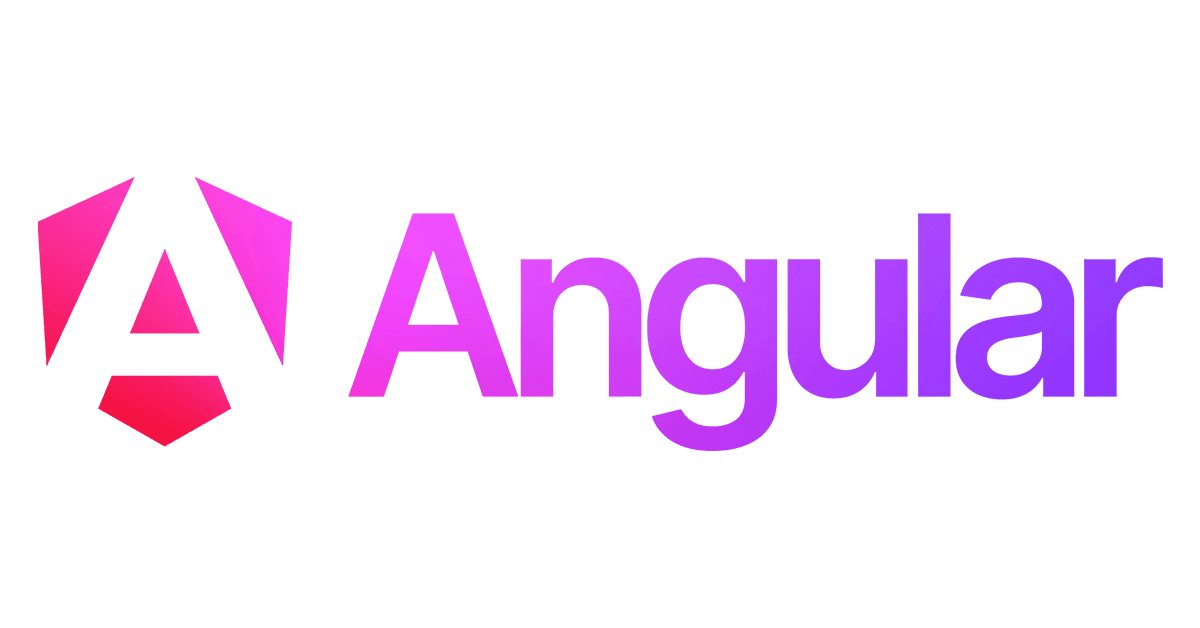1. Comprehensive Solution
Angular is a full-fledged framework that offers a complete solution for developing robust web applications. Unlike other frameworks that might require additional libraries or tools for routing, state management, or form validation, Angular provides these out of the box. This integrated approach simplifies development and ensures consistency across the project.
2. Strong TypeScript Support
Angular is built with TypeScript, a statically typed superset of JavaScript. TypeScript's strong typing helps catch errors at compile time, making the code more robust and easier to maintain. The enhanced autocompletion, navigation, and refactoring capabilities of TypeScript improve developer productivity significantly.
3. Component-Based Architecture
Angular’s component-based architecture encourages the development of modular and reusable code. Components encapsulate the logic, template, and styles, making it easier to manage and test individual parts of the application. This modularity leads to more maintainable and scalable applications.
4. Dependency Injection
One of Angular's powerful features is its dependency injection (DI) system. DI promotes the development of loosely coupled components, making the code easier to test and maintain. It also simplifies the management of services and dependencies, leading to cleaner and more modular code.
5. Angular CLI
The Angular Command Line Interface (CLI) is a powerful tool that streamlines the development process. It automates repetitive tasks, such as creating components, services, and modules, and handles the configuration of the build process. The CLI also supports testing, linting, and deploying applications, which enhances developer productivity and ensures best practices.
6. Two-Way Data Binding
Angular’s two-way data binding feature automatically synchronizes the model and the view. This reduces the amount of boilerplate code required to keep the model and view in sync, leading to a more efficient development process. It also enhances the user experience by providing real-time updates.
7. Comprehensive Documentation and Community Support
Angular boasts extensive and well-organized documentation, making it easier for developers to find solutions and understand the framework's intricacies. Additionally, Angular has a large and active community, which means that finding tutorials, third-party libraries, and getting help is relatively straightforward.
8. Enterprise-Level Features
Angular is designed with enterprise-level applications in mind. It supports advanced features such as lazy loading, server-side rendering, and AOT (Ahead-of-Time) compilation. These features improve the application's performance and scalability, making Angular a preferred choice for large-scale projects.
9. Testing Capabilities
Angular has built-in support for testing at various levels (unit tests, integration tests, and end-to-end tests). The framework includes testing utilities and is compatible with popular testing frameworks like Jasmine and Karma. This robust testing infrastructure ensures that the application is reliable and maintains high quality.
10. Performance Optimizations
Angular includes numerous performance optimizations, such as AOT compilation and tree-shaking, which reduce the application’s bundle size and improve load times. These optimizations enhance the overall user experience, making Angular applications faster and more responsive.


